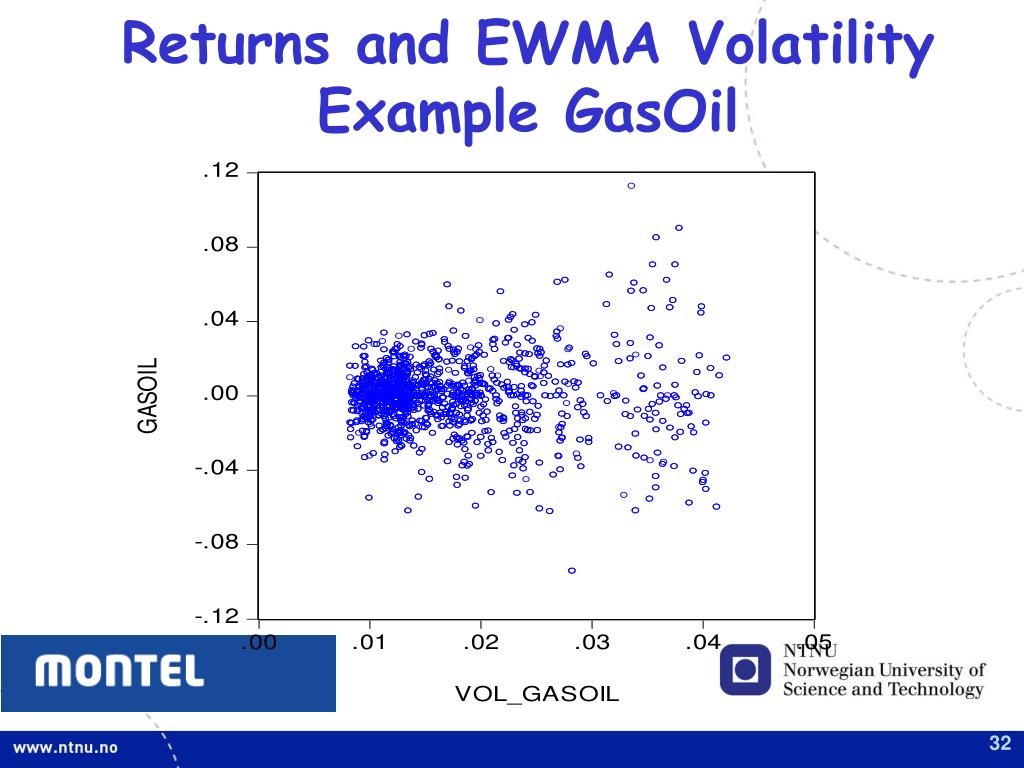

One the one hand, stock investment has high potential profitability, but on the other, it is equally risky. During the pandemic lockdown, people have invested more. Suggested further improvement options for the model.īackground: Stock investment has been gaining momentum in the past years due to the development of technology. Furthermore, the research elaborated on limitations and To verify the model, it must be back- and forward tested, neither of which was carried out in this research. Therefore, the lower bound risk metric developed in this research, produces valuable supplementary information for a well-informed decision making.
Kupiec and christoffersen test full#
The research demonstrated that Altman’s z-score does not provide a full and accurate The first results were promising and showed that the model does work to the specified extent. The selected risk horizon was the first quarter of 2008. In the analysis were all Altman’s z-score variables, and the period under observation was 2001–2007. The sample firms were selected from FTSE 250 index. The main tools used in constructing the model were Monte Carlo simulation, Lehmer random number generator, normal and t-distribution, matrices and Cholesky decomposition. Methods to conduct the analysis were based on Value at Risk methodology. The research examined whether the new risk metric is feasible and whether it provides satisfying outcomes compared to Altman’s z-score values during the same period. The new metric included a volatility of Altman’s variables and predicted the riskiness of a firm bankrupting in adverse situations. The study aimed to build a risk metric for finding the lower boundary limits for Altman’s z-score bankruptcy model. The results from the test show that, at 90% and 99% level of confidence, null hypothesis is rejected and the model is considered as inaccurate. The POF's null hypothesis, that the observed failure rate p ̂ is equal to the failure rate suggested by the confidence interval, is being tested using the secondary data (daily share prices from ). The most used backtesting test is known as Kupiec POF test. Backtesting is the process where the real gains and losses are compared to the forecasted VaR estimates. However, backtesting of calculated VaR amount is needed. The principle of calculating capital is based on the VaR methodology. This value is a simple, easily understandable number that presents the risk which the institution is exposed to on financial market. Value at risk (VaR) is the biggest loss of the portfolio that can be expected in the reporting period, with a given level of confidence. The main methodology for managing risk is a method of value at risk, which, in practice, is combined with other techniques for minimizing risks, in order to achieve optimal business results. In recent years many concepts for managing and measuring risk have developed.


 0 kommentar(er)
0 kommentar(er)
